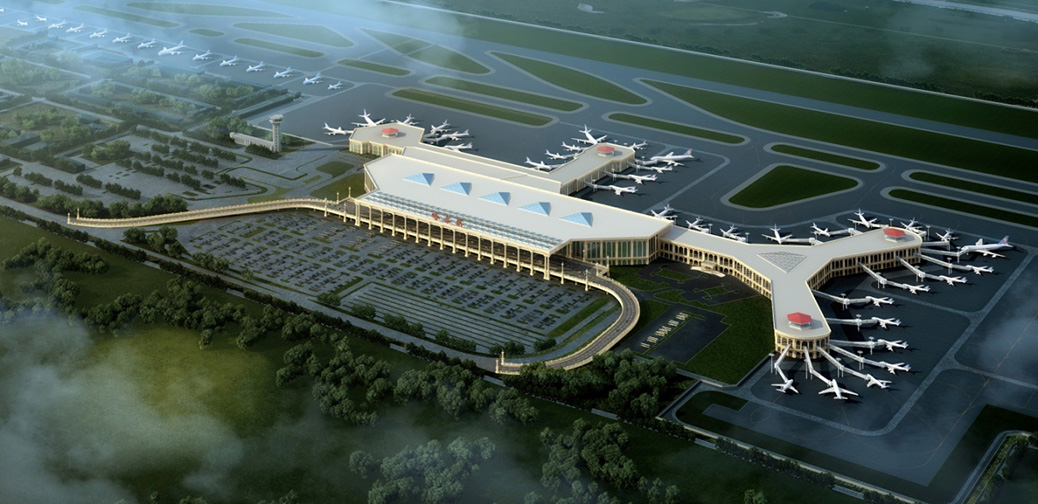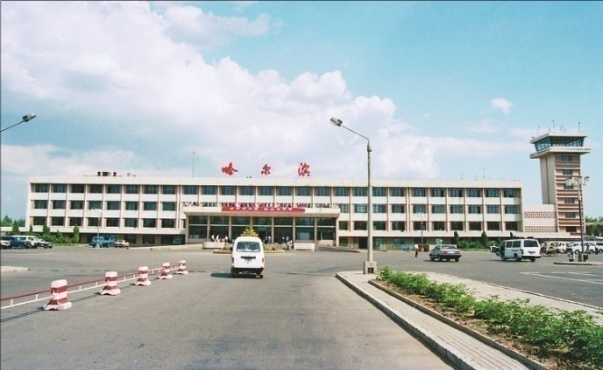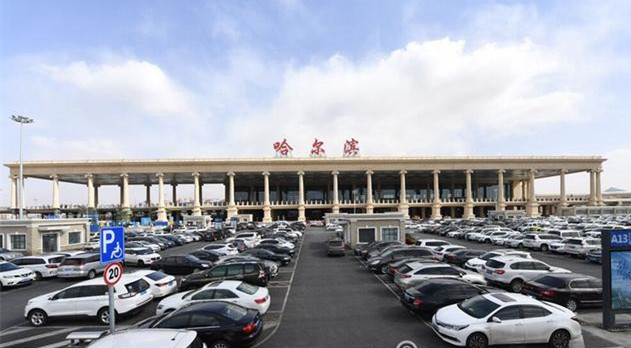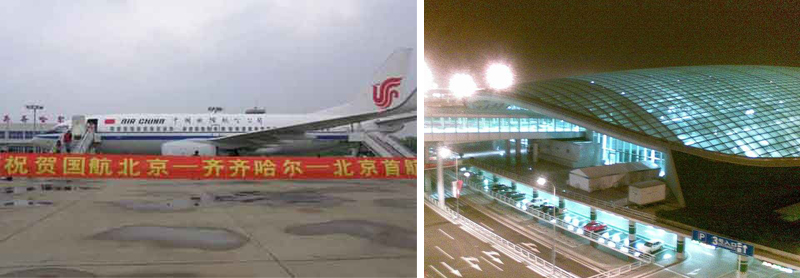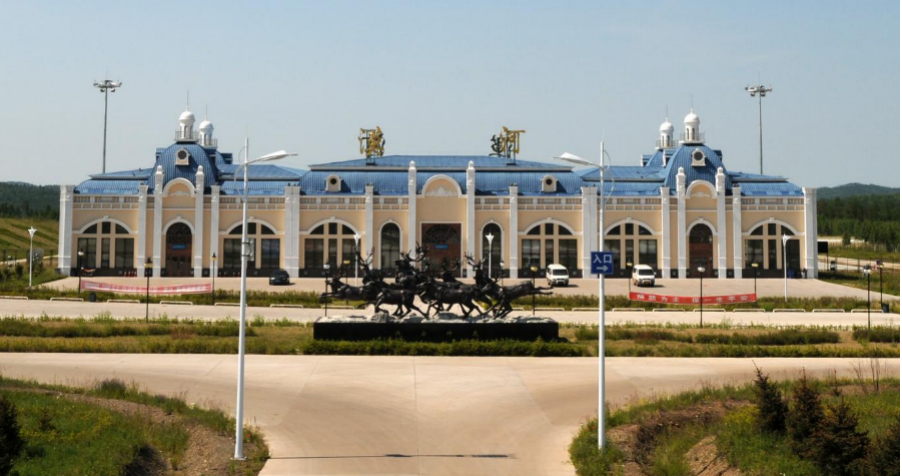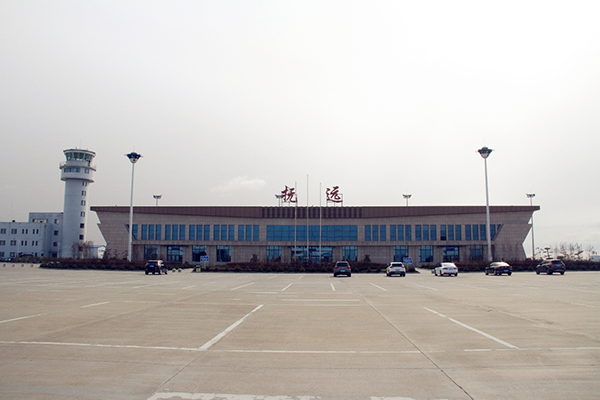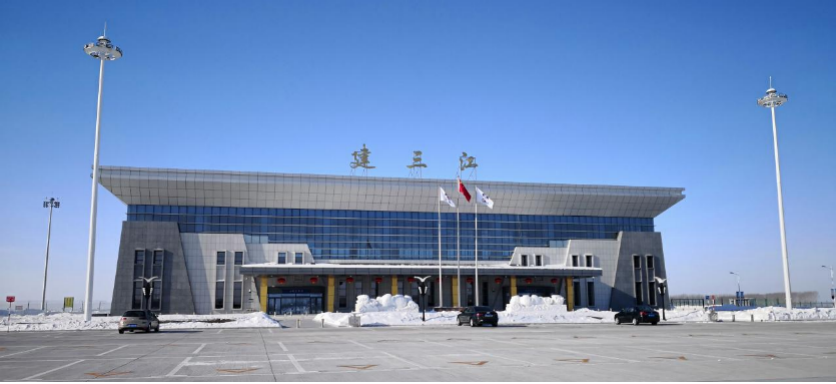Introduction
Heilongjiang Airport Group (hereinafter referred to as "we") is well aware of the importance of personal privacy, and we will take corresponding security protection measures in accordance with the requirements of laws and regulations to try our best to protect your personal information in a safe and controllable manner.
When you use the passenger-related services of Capital International Airport, we may collect and use your relevant information. We hope to use this "Privacy Policy" to explain to you how we collect, use, store and share this information when using our services, as well as the ways we can provide you with access, update, control and protection of this information. This "Privacy Policy" is closely related to the services you use, and we also hope that you can read it carefully, and when necessary, make the choices you think are appropriate in accordance with the guidelines of this "Privacy Policy". For the relevant technical vocabulary involved in this "Privacy Policy", we try to explain it to you in a concise and concise manner, and provide a link for further explanation for your understanding. Your use or continued use of our services means that you agree to our collection, use, storage and sharing of your information in accordance with this "Privacy Policy". If you have any questions about this "Privacy Policy" or matters related to this "Privacy Policy", please contact us through the "Feedback" section of the website.
Information we may collect
When we provide services, we may collect, store and use the following information about you. If you do not provide relevant information, you may not be able to register as our user, enjoy some of the services we provide, or even if we can continue to provide you with some services, we will not be able to achieve the desired effect of the service.
Information you provide
Relevant personal information that you provide to us when registering for our members or using our feedback, FAQs, special passenger services, reporting violations and membership services, such as name, gender, phone number, email address, and document type , ID number, etc., if the relevant information cannot be provided, the corresponding information submission and membership registration process will not be completed;
Your information we have obtained
We may collect the following information when you use our services:
● Log information refers to the technical information that the system may automatically collect through cookies or other means when you use our services, including:
● Device or software information, such as the configuration information provided by your mobile device, web browser or other programs you use to access our services, your IP address, and the version and device identification code used by your mobile device;
● The information you search and browse when you use our services, such as the search terms you use on the page, the URL address of the webpage you visit, and other information and content details that you browse or request when you use our services;
● Information (metadata) contained in the content you share through our services, such as the date, time or location of the shared photo or video taken or uploaded.
● Location information refers to the information we collect about your location when you turn on the device positioning function and use our location-based related services, including:
● When you use our service through a mobile device with positioning function, we collect your geographic location information through GPS or WiFi;
● Real-time information including your geographic location provided by you or other users, such as the information about your geographic location contained in the account information you provided, shared information uploaded by you or others showing your current or previous geographic location, For example, geotag information contained in photos shared by you or others.
How we may use information
We may use the information collected in the course of providing services to you for the following purposes:
● Provide you with services;
● When we provide services, it is used for identity verification, customer service, security, archiving and backup purposes to ensure the security of the products and services we provide to you;
● Help us design new services and improve our existing services;
● To enable us to better understand how you access and use our services, so as to respond to your personalized needs, such as language settings, location settings, personalized help services and instructions, or for you and others who use us The users of the service make other responses;
● Provide you with better personalized information services;
● Let you participate in surveys about our products and services.
In order to allow you to have a better experience, improve our services or other uses you agree to, subject to relevant laws and regulations, we may collect information through one of our services to aggregate information or personalize Way, used for our other services. For example, the information collected when you use one of our services may be used in another service to provide you with specific content, or to show you relevant, non-universally pushed information. If we provide the corresponding options in the relevant service, you can also authorize us to use the information provided and stored by the service for our other services.
In the following situations, we will not be able to respond to your request in accordance with the requirements of laws and regulations:
1. It is directly related to national security and national defense security;
2. It is directly related to public safety, public health, and major public interests;
3. It is directly related to criminal investigation, prosecution, trial and judgment execution;
4. There is sufficient evidence to show that you have subjective malice or abuse of rights;
5. Responding to your request will cause serious damage to the legitimate rights and interests of you or other individuals or organizations.
6. Involving commercial secrets.
How do you access and control your personal information
We will do everything possible to take appropriate technical means to ensure that you can access, update and correct your registration information or other personal information provided when using our services. When accessing, updating, correcting and deleting your personal information, we may require you to verify your identity to protect your account security.
Information we may share
Except for the following circumstances, without your consent, we and our affiliates will not share your personal information with any third party:
● We and our affiliated companies may share your personal information with our affiliates, partners and third-party service providers, contractors and agents (such as communication service providers that send emails or push notifications on our behalf, and for We provide location data to map service providers) sharing (they may not be located in your jurisdiction) for the following purposes:
● Provide you with our services;
● To achieve the purpose described in the "How We May Use Information" section;
● Fulfill our obligations in this "Privacy Policy" and exercise our rights;
● Understand, maintain and improve our services.
If we or our affiliated companies share your personal information with any of the above-mentioned third parties, we will work hard to ensure that these third parties abide by this "Privacy Policy" and other appropriate confidentiality and confidentiality that we require them to comply with when using your personal information. Security measures.
● We or our affiliated companies may also retain, store or disclose your personal information for the following needs:
● Comply with applicable laws and regulations and other relevant regulations;
● Comply with court judgments, rulings or other legal procedures;
● Comply with the requirements of relevant government agencies or other legally authorized organizations;
● Purposes reasonably necessary to comply with applicable laws and regulations, safeguard the public interest, or protect the personal and property safety or legal rights of us or our group companies, our customers, other users or employees.
How we may collect information
We or our third-party partners may collect and use your information through cookies and other technologies, and store this information as log information.
We use our own cookies in order to provide you with a more personalized user experience and services, and for the following purposes:
● Remember your identity. For example: cookies help us to identify you as our registered user, or save your preferences or other information about you provided to us;
● Analyze your use of our services. For example, we can use technologies such as cookies to understand what activities you use our services for, or which web pages or services are most popular.
While we use cookies and other technologies for the above-mentioned purposes, we may also provide non-personally identifiable information collected through cookies and other technologies to airport business partners or other partners after statistical processing to analyze how users use our services. Provide passengers with better personalized services.
There may be cookies and web beacons placed by airport partners or other partners on our products and services. These cookies and web beacons may collect non-personally identifiable information related to you in order to analyze how users use these services and send you information that may be of interest to you. The collection and use of such information by these third-party cookies and web beacons is not restricted by this "Privacy Policy", but by the privacy policy of the relevant user. We are not responsible for third-party cookies or web beacons.
You can reject or manage cookies or web beacons through your browser settings. However, please note that if you disable cookies or web beacons, you may not be able to enjoy the best service experience, and some services may not work properly.
Applicable exceptions to the privacy policy
Our services may include or link to social media or other services (including websites) provided by third parties. E.g:
● We provide you with links through services so that you can access third-party services or websites.
Such third-party services may be operated by related third parties or us. Your use of the services of such third parties (including any personal information you provide to such third parties) is subject to the third party's terms of service and privacy policy (not the "General Terms of Service" or this "Privacy Policy") , You need to read its terms carefully. This "Privacy Policy" only applies to the information we collect, and does not apply to the services provided by any third party or the third party's information usage rules. We are not responsible for any third party's use of the information provided by you.
Scope of the privacy policy
Except for certain specific services, all our services are applicable to this "Privacy Policy". These specific services will be subject to specific privacy policies. Specific privacy policies for certain specific services will more specifically explain how we use your information in such services. The privacy policy of this particular service forms part of this "Privacy Policy". If there is any inconsistency between the privacy policy of any specific service and this "Privacy Policy", the privacy policy of the specific service shall apply.
Please note that this "Privacy Policy" does not apply to the following situations:
● Information collected by third-party services (including any third-party websites) accessed through our services;
● Information collected by other companies and organizations that provide personalized information push services in our services.
Change
We may revise the terms of this "Privacy Policy" in due course, and such revisions form part of this "Privacy Policy". If such amendments result in a substantial reduction of your rights under this "Privacy Policy", we will notify you in a prominent position on the homepage or send you an email or other means before the amendment takes effect. In this case, If you continue to use our services, you agree to be bound by this revised Privacy Policy.

 Flight Info
Flight Info
 Passenger Service
Passenger Service
 Transportation & Accommodation
Transportation & Accommodation
 Dining & Shopping
Dining & Shopping

 About the Group
About the Group





